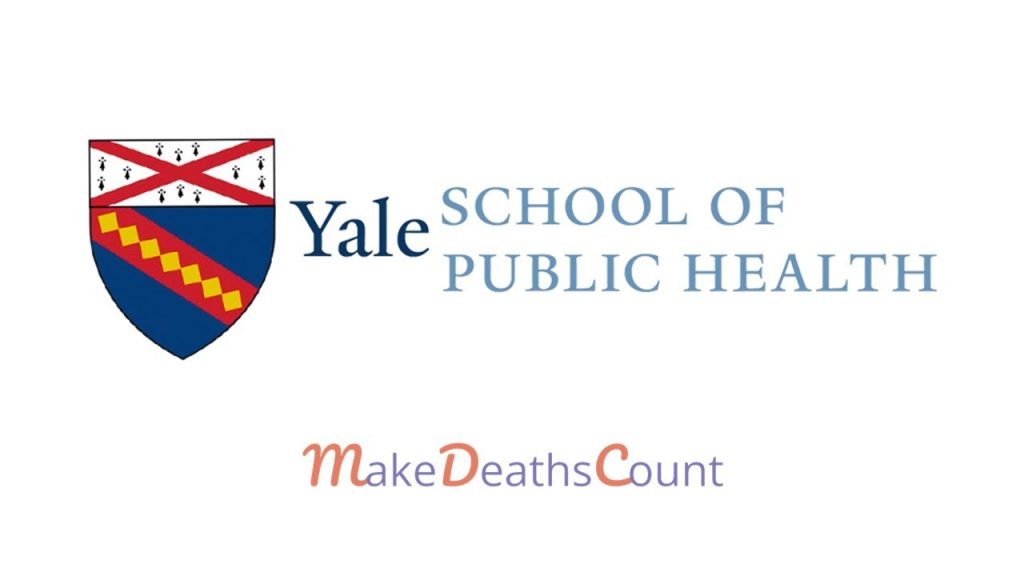
Mortality data, or the collection and analysis of deaths in a particular area, is especially significant for natural disaster preparedness. The data allows specific areas to analyze what natural disasters are most likely to be experienced by the community and then make informed decisions on urban planning and architecture. In the case of a natural disaster, mortality data can also assess areas most in need of resources and allocate equipment, community healthcare workers and medicine accordingly. Assessment of earthquake related deaths is a prominent example of how mortality data and natural disaster preparedness work side by side to transform communities. Below are some examples of how mortality data has impacted an area’s earthquake preparedness.
Assessing Vulnerability and Risk:
Mortality data plays a pivotal role in assessing the vulnerability of populations to earthquakes. By analyzing past earthquake events, authorities can identify patterns and trends related to casualties. NASA provides a program that provides mortality loss estimates per hazard event calculated using regional, hazard-specific mortality records of the Emergency Events Database (EM-DAT) that span the 20 years between 1981 and 2000. This information helps in understanding which demographic groups are more susceptible to earthquakes, enabling targeted interventions and the development of risk reduction strategies.
Resource Allocation and Emergency Planning:
Mortality data reveals essential information for emergency response to earthquakes. This knowledge is essential for allocating resources effectively. Hospitals, emergency services, and relief organizations can use mortality projections to anticipate the demand for medical facilities, personnel, and supplies. For example, mortality data has shown that approximately the first 3 days after an earthquake event are essential for the performance of the relief efforts. Afterwards the probability for rescuing trapped persons alive decreases radically. This has shaped earthquake relief to focus resources to increase their speed of response. Mortality data transform earthquake emergency planning.
Infrastructure Design:
Mortality data provides insights into the vulnerabilities of existing infrastructure during earthquakes. Engineers and urban planners can use this information to design new structures that are more earthquake-resistant and retrofit existing ones to meet safety standards. For example, the city of Dubai experiences frequent tremors and is vulnerable to low magnitude earthquakes. Dubai’s famous skyscraper, the Burj Khalifa was intentionally built to be earthquake resistant in order to decrease mortality based on mortality data.
Public Awareness and Education:
Mortality data aids in crafting effective public awareness and education campaigns. By communicating the potential risks and consequences of earthquakes based on historical data, communities can better prepare their residents. This includes educating people on evacuation procedures, safe shelter options, and the importance of emergency kits. For example, public schools in earthquake prone areas mandate earthquake preparedness education and drills. Informed and prepared communities are more resilient in the face of seismic events.
References:
https://sedac.ciesin.columbia.edu/data/set/ndh-earthquake-mortality-risks-distribution
https://www.sciencedirect.com/science/article/abs/pii/S0925753500000217




